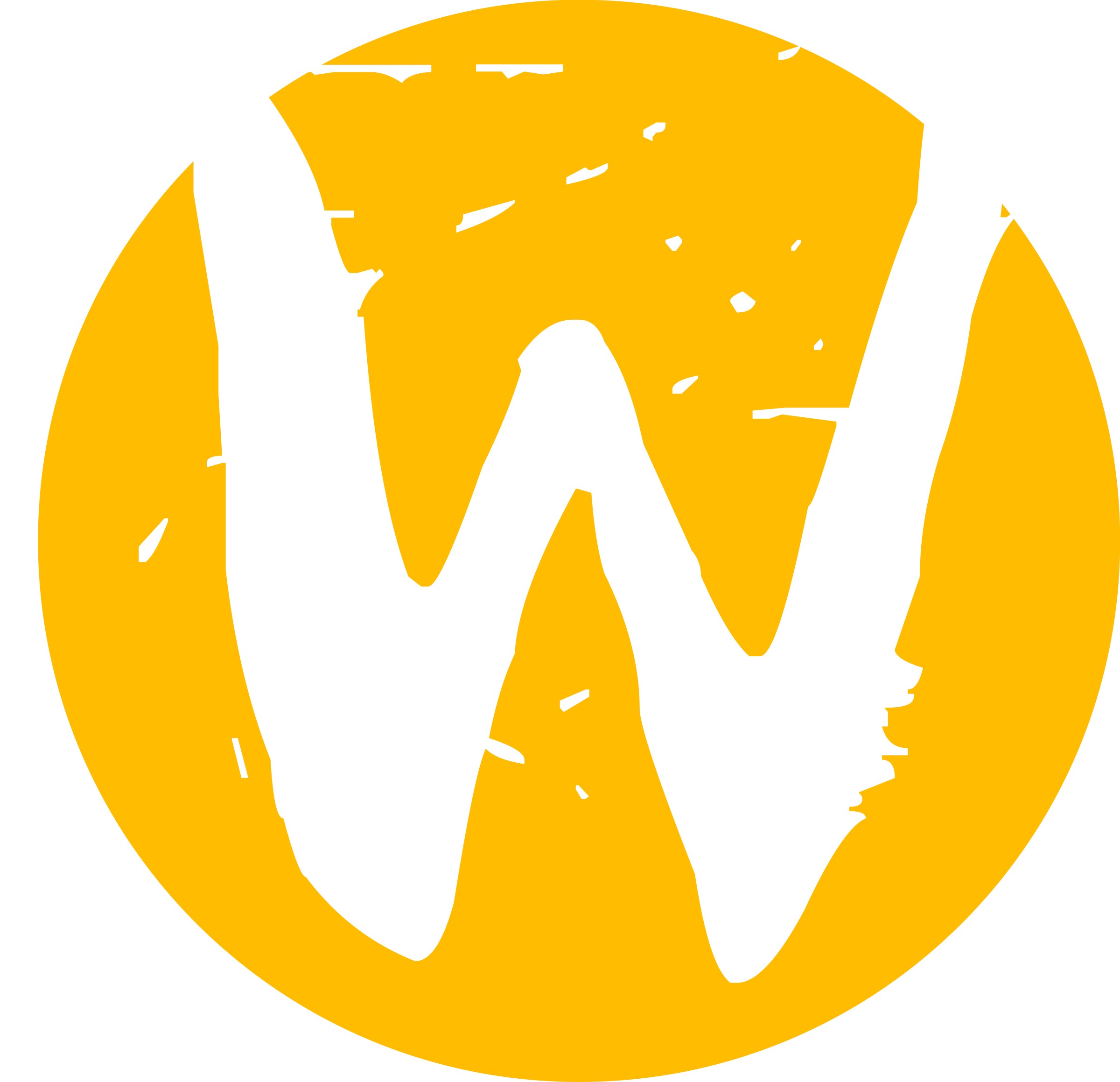



Comment systems are an essential part of modern websites, providing a platform for users to engage with the content and share their thoughts and opinions. While there are many options available for adding commenting functionality to a website, one alternative worth considering is integrating a Mastodon thread, also known as a “toot.”
Mastodon is an open-source, decentralized social media platform that allows users to share text, images, and other types of media in a manner similar to Twitter.
In this blog post, we will explore how to integrate a Mastodon thread into your static website as a way to replace traditional comment systems, using simple HTML and JavaScript. By the end of this tutorial, you will have a fully functional Mastodon thread on your website that allows users to participate in discussions and share their thoughts and ideas.






